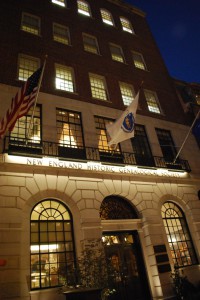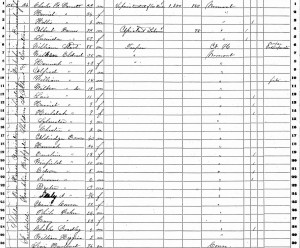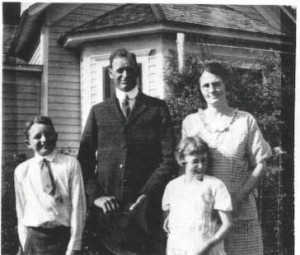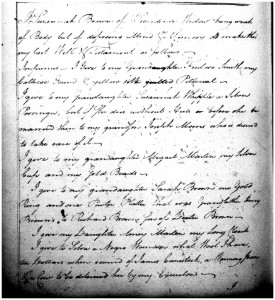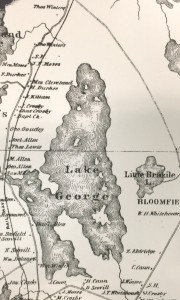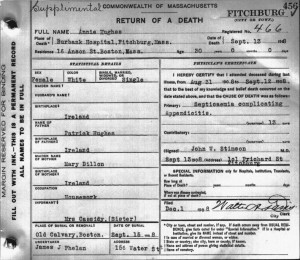
While editing the Winter 2016 issue of Mayflower Descendant, I searched the draft articles for additional genealogical facts for the families presented. Christopher Carter Lee’s article – “Elizabeth (Briggs) Shippey and her husband Ishmael of Raritan Landing, New Jersey, and their descendants through Specimens of Josiah Shippey” – traces several generations of John Alden descendants in New Jersey and New York. As surviving vital records for those two states are often scattered in various places, this article is a great example of gathering records from genealogy and newspaper websites, national genealogical repositories, and local libraries and genealogical societies. Continue reading Multiple searches for a New Jersey marriage
